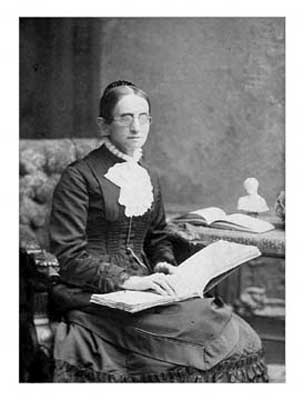Pakistani novelist Mohsin Hamid made his literary debut with the critically acclaimed Moth Smoke in 2000, and cemented his reputation with the 2007 international bestseller The Reluctant Fundamentalist. In his third novel, he continues to plumb the uneasy relationship between Southeast Asia and the United States through the story of a young man’s journey from the slums to the high life.
You’ve written two books in the second person, which is an unusual point of view. What does it offer that the first person doesn’t?
What I like about the second person is that it makes the relationship between writer and reader more explicit. It allows you both to play with how novels are supposed to work. It feels intimate, too. In my mind, second person has echoes of oral storytelling, being told a story by someone you know.
Your previous novels were very specifically located in Lahore and New York. But How to Get Filthy Rich in Rising Asia takes place in an unnamed Asian location. Why were you less specific here?
I used Pakistan as a model, but people, myself included, often have so many preconceptions about the place. By having no named location, I had to force myself to describe things as if they'd never been described before. It was liberating to me. And hopefully it frees the reader too.
Is that true also about not naming your characters?
Yes. And also, it makes the story more universal and more incomplete at the same time. It can be YOUR story. Having no names opens up space for readers to empathize differently.
There are traces of F. Scott Fitzgerald in your novels—characters who are in love with the fantasy of being rich or fitting in with a certain class of people and who then have to deal with the reality of the situation at hand. Are you influenced at all by him?
I think he was a great writer, especially when he was writing at his best. Gatsby has definitely been an influence. It's a small novel, and hits such big themes. Also I went to Princeton, and Fitzgerald's literary ghost still lingers there.
It was interesting that sex was a part of the Pretty Girl’s rise to wealth. Do you think that is more commonly part of a woman’s path to economic independence?
I don't think there's any one path. Different people follow different paths. But sex is part of the power the pretty girl has, and since she's ambitious, but desperately poor at the beginning, in a society where women are far from equal, it isn't surprising she uses that power.
You have spoken about the ability to relate to a range of characters imaginatively as a key ingredient of empathy. What value do you think fiction has in today’s world?
I think empathy is important: It's a moral value, not just an artistic one. And fiction cultivates it. But fiction also does something else very special: It lets adults, readers, spend hours playing in their own imaginations. Not just passively absorb content, but take words and transform them into images and emotions. We often don't get to do much of that after childhood.
What is your writing process like?
I take about six or seven years to write a novel, so it's pretty slow! Usually lots of drafts. On a typical day, I get up early, go for a long walk and then write until lunch. I used to write at night. Then I became a father.
Living part of the time in Lahore, do you feel like there are certain things you can’t write about?
Not so much certain things you can't write about, but certain things you can't approach directly in your writing. You have to find other ways of saying them, less direct ways. It's a challenge, a puzzle. Not simply a muzzle.
How do you feel your law background influences your writing?
I spent three years in law school and produced a draft of my first novel instead of a legal thesis. Plus I never worked as a lawyer; I worked in business. But I think the idea that words really matter, that you have to think about them with great precision, is something I absorbed from the law.
Do you feel your American readership is different from your Pakistani readers?
For me, the wonderful thing is that readers are different from each other. They're individuals. There are kids who grew up in America living in Pakistan and kids who grew up in Pakistan living in America. I once met a blond American guy with dreads and piercings who told me that he was just like the main character of The Reluctant Fundamentalist (a Pakistani character, by the way) because he'd worked on Wall Street and then left it to become a yoga instructor.
Are there other Pakistani writers we should be looking at? Perhaps ones less known in the US?
There are lots. Muhammad Hanif and Daniyal Mueenuddin are both excellent. And there are others: Aamer Hussain, H.M. Naqvi, Kamila Shamsie . . .
What are you working on next?
Another novel, I think. But it's still in notebooks and emails to myself, for now. I keep jotting and scribbling until the urge to write hits me. That can take months, even a year or two.
RELATED IN BOOKPAGE
Our review of How to Get Filthy Rich in Rising Asia.



















